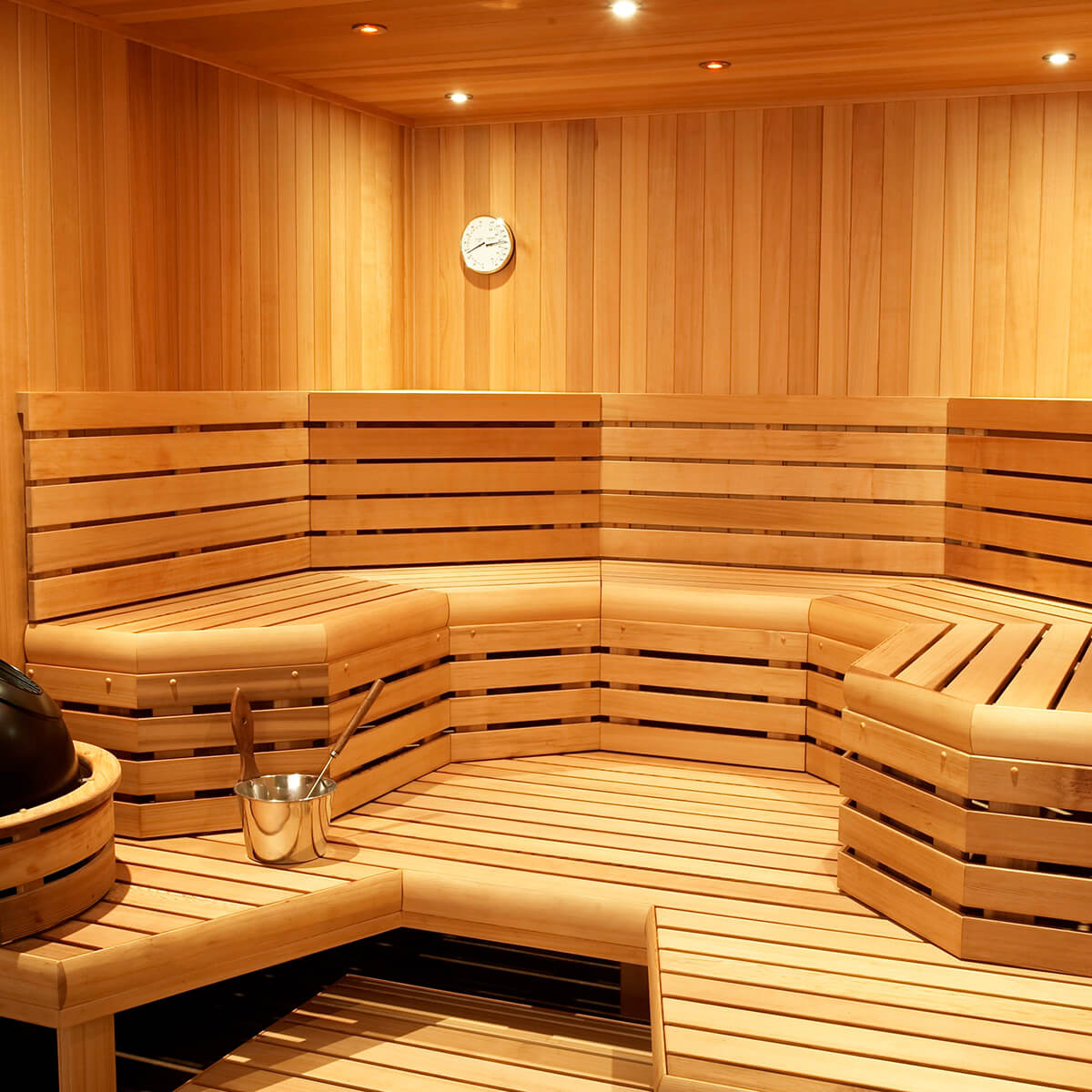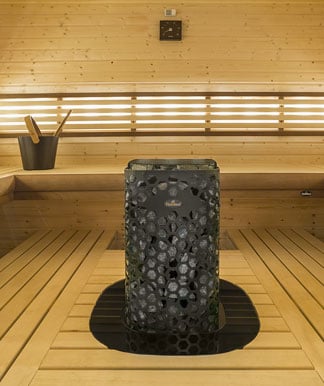Things about Traditional Sauna
Things about Traditional Sauna
Blog Article
Traditional Sauna Things To Know Before You Buy
Table of ContentsTraditional Sauna Fundamentals ExplainedAn Unbiased View of Traditional SaunaThe smart Trick of Traditional Sauna That Nobody is DiscussingGet This Report about Traditional SaunaNot known Incorrect Statements About Traditional Sauna
Most of the weight shed in a sauna is water loss and is re-gained upon rehydrating. Without a question sauna can be an important part of a healthy weight loss program. To check out the differences between typical and IR saunas, I will certainly separate these right into verifiable, theoretical, and fabricated distinctions.Thus, the most popular point in the saunawhich is at the ceiling straight over the sauna heateris commonly in between 185 and 190 F. Claims that a traditional sauna surpasses 200 F is just not real and not applicable for electrical saunas marketed in the US. The temperature for a far-infrared sauna is normally established in between 120 and 140 F; however, unlike the typical sauna, the objective in and IR area is not to accomplish a heat.

When a standard sauna has actually been effectively warmed, the sauna wall surfaces are warm, the air temperature level has actually accomplished established temperature and the rocks are extremely warmed. As an interesting side note, the heated walls and the rocks are giving off far-infrared heat, integrated with the warmed air, to produce an "wrapping up warmth".
Traditional Sauna Fundamentals Explained
When the high temperature level is accomplished, the elements cycle on and off to keep the high temperature. Many typical sauna users enjoy putting water over the rocks to develop heavy steam to raise sauna moisture degrees. The benefits of putting water over the rocks include: making the room much more comfy, dampening the nasal flows, and allowing the use of aromatherapy by blending important oils with the water.

When the power enters the body, check this site out it causes the body temperature level to boost and ultimately results in sweat. In an infrared sauna it's essential for the emitters/heaters to continue to be on nearly continuously. Given that there is no mass of rocks to preserve warm, the sauna will cool if the emitters shut down.
Examine This Report about Traditional Sauna
As pointed out above, the sauna bather in an infrared room intends to position himself before running emitters to obtain maximum take advantage of the warm. The heating time for both areas can be very various, depending upon how the areas are made use of. For a typical sauna, a bather needs to allow 30-40 mins for the space to achieve a wanted temperature level and to properly pre-heat the rocks.

A well created sauna will commonly accomplish a temperature level of 150-160 F in about 30-40 minutes. For hotter temperature levels, the room might require to heat for a longer duration.
To some, 15 mins was "thrown away" while the infrared power warmed the wood panels as opposed to warming a body, while others discover a pre-heated area to be much more comfortable and believe an elevated beginning temperature level is essential to start perspiring. The size of recommended use for each space is approximately the exact same (10-15 mins per session); however, due to the reduced air temperatures and the capacity to feel the impacts of infrared heat much faster than a traditional sauna, it is not unusual for a person to spend an overall of 20-30 minutes in an infrared sauna.
Top Guidelines Of Traditional Sauna

The ordinary cost per kWH of electrical power in the united state is around $0.11, so a 4.5 kW heating unit will cost about $.50 to compete one hour, if the heating system runs continually for one hour. Generally a sauna heater will compete 75% of the initial hour and 50% of subsequent hours on because the elements cycle once the established temperature level is accomplished.
A two individual far-infrared room is generally literally More Help smaller than a standard sauna, commonly concerning 4' x 4' or smaller. The IR heating unit is commonly 1.5-1.7 kW making use of a 120 volt 15 amp plug-in service. Since the room can be used earlier than a sauna space, we will presume the room is made use of for to of an hour consisting of warm up time.
There is a rarely talked about difference in the social experience in between the two areas. While our society has lost some of the social benefit of the conventional sauna experience, it can be very socially fulfilling (Traditional Sauna). From family time in the sauna, to heart-felt discussions with loved ones, to sauna partiesthe conventional sauna experience can result in intimate interacting socially
How Traditional Sauna can Save You Time, Stress, and Money.
Most greater end infrared rooms consist of tinted light treatment, sound systems and full-glass fronts.
Report this page